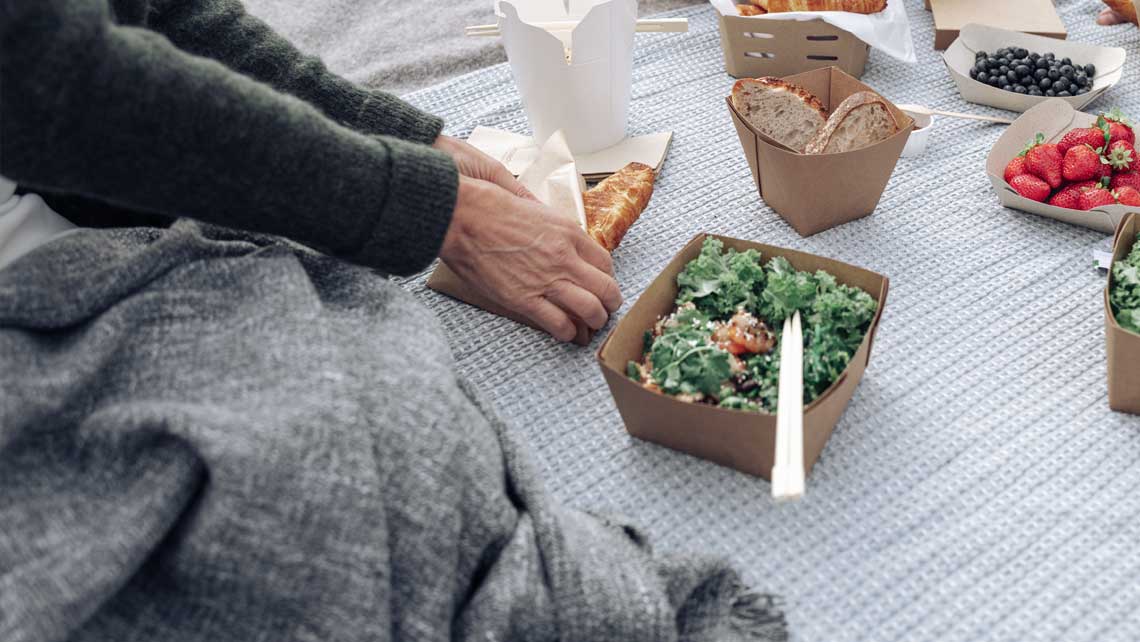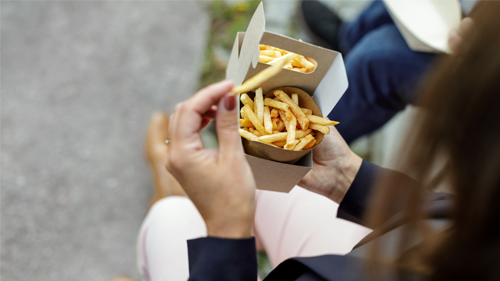“The approach also allows for finetuning the dispersion barrier coating formula to meet the desired end-use requirements, although the core barrier performance has more to do with the polymer chemistry itself, the base paper properties, and the way that the dispersion barrier coating is applied,” Joonas explains.
FennoGuard barrier chemistries are designed to create protection against grease, oil, moisture, and other substances, such as mineral oil residuals (MOSH/MOAH). They replace harmful fluorochemicals and hard-to-recycle laminate structures that are often used for these purposes in fiber-based packaging materials.
Cost-efficient on-site manufacturing
FennoGuard dispersion barriers are compatible with other coating components such as pigments and other functional additives. For paper and board manufacturers, it’s an opportunity to tailor the applicability for their production but also a chance to reach the most cost-effective solution.
“By utilizing components that are already in use, we can minimize the amount of new raw materials introduced to the mill and optimize cost,” explains Joonas. “Understanding the customer’s goals and priorities is key. For example, the amount of pigment in the formulation has an impact on the barrier performance but also on the energy demand during the drying phase.”
The final formulation and mixing of the FennoGuard coating components are done on-site at the customer mill, which minimizes logistics and reduces handling costs. It also means less transportation and fewer trucks on the roads compared to ready-made coating mixtures, and thus, lower CO2 emissions.
Comprehensive support for barrier-coated grades
Dispersion barrier coatings need to form a uniform, pinhole-free film on the surface of the paper or board base sheet. That’s why it’s difficult to succeed with dispersion barriers by optimizing only the coating chemistry and application. You also need to focus on the base paper properties.
“In practice, it means e.g., looking into the surface properties, such as smoothness and porosity or even optimizing the furnish and the ratio of long fiber and short fiber pulp,” Joonas states. Here’s where Kemira’s unique end-to-end expertise in papermaking chemistries and applications comes in. “We can provide comprehensive support for our customers in the production of barrier-coated paper and board grades because we have all the needed know-how in-house, e.g., for optimizing sheet formation, retention and sizing in the wet end or making adjustments to microbiological control.”
Both the base paper properties and the final coating formulation can be analyzed by Kemira R&D, which has good capabilities for simulating all the steps in the development of new barrier coated paper and board grades. For example, rheology of the final coating formulation is checked in laboratory before moving to mill-scale trials and the converting properties of the coated sheet can be tested to see how it withstands creasing and folding.
“We can also run a wide range of tests on the barrier performance in the intended end-use or test the repulping properties of the coated paper or board, to ensure our customers’ success with their customers in the packing value chain, the brand owners and retailers,” Joonas concludes.




